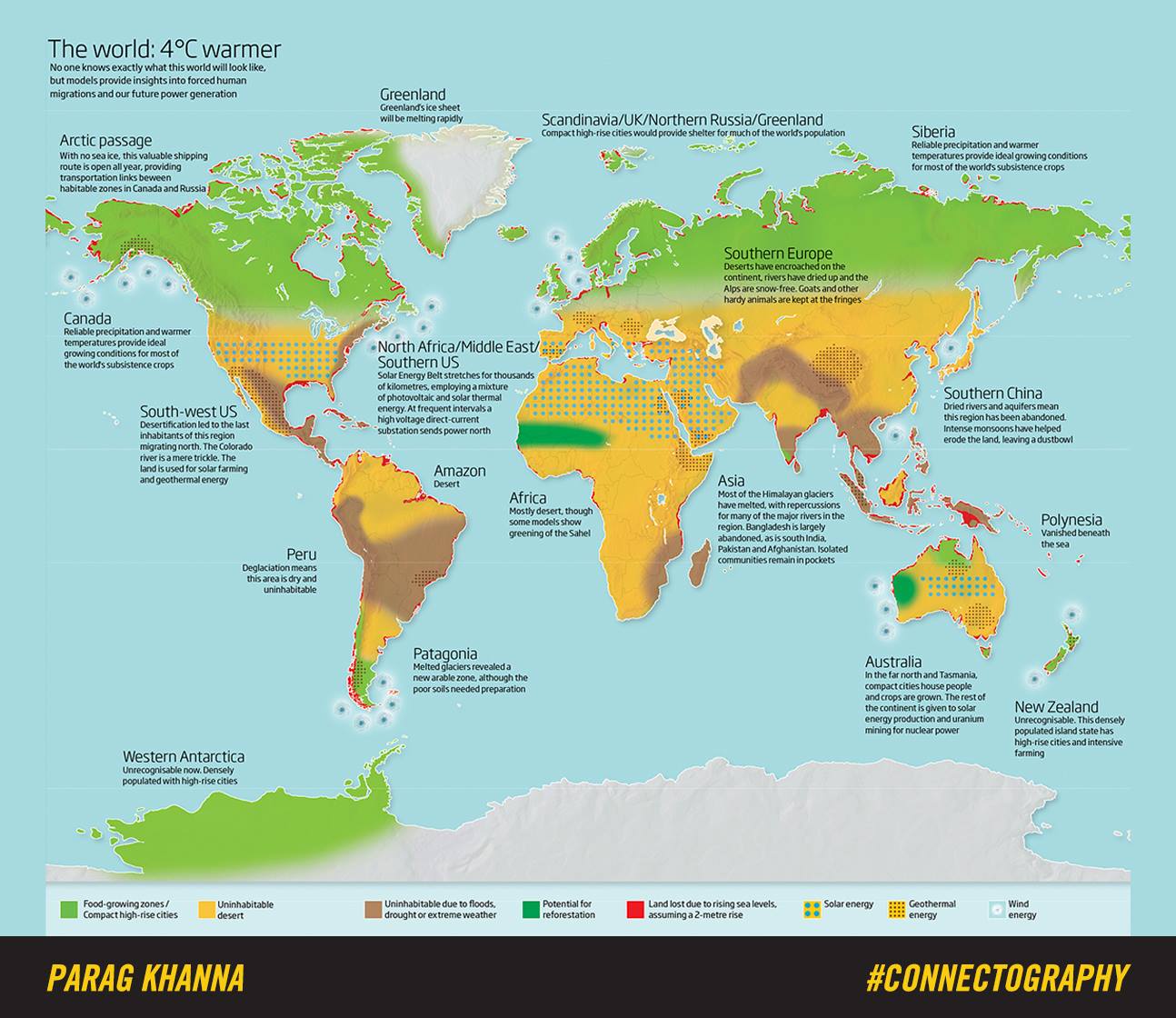Shel Silverstein’s bittersweet classic The Giving Tree paints an inaccurate view of trees as simple, easily victimized loners.
If only the titular character had had a same-species best friend around to talk some sense into her when her human pal started helping himself to her branches… You’ve Gotta Be Kidding Me Tree, or maybe No Bullshit Tree.
You’ve Gotta Be Kidding Me Tree could’ve passed some vital nutrients to The Giving Tree, whose self care regimen is clearly not cutting it, via the mycorrhizae system, a vast network of filament-like tree roots and symbiotic soil fungi.
That same system could serve as the switchboard by which You’ve Gotta Be Kidding Me Tree could alert the extended Tree family to the dangers of prolonged association with cute, but needy kids.
Imagine the upbeat ending, had Silverstein gone light—The Giving Tree N’ Friends.
Not as poignant perhaps, but not entirely inaccurate from a scientific standpoint.
As forest ecologists Suzanne Simard and Camille Defrenne point out in the animated TED-Ed lesson, “The Secret Language of Trees,” above, trees have large family (forgive me) trees, whose living members are in constant communication, using the mycorrhizae system.
Hosting multiple fungal species allows each tree to connect with a wider network, as each group of symbiotic shrooms spreads information to their own personal crews, party line style.
On the other end, the receiving tree can identify its relation to the tree of origin, whether they are both members of what we humans refer to as a nuclear family, or much more distant relations.
And while this giant subterranean system for sharing information and resources is specific to trees, when we consider how many other forest denizens depend on trees for food and shelter, the message system seems even more vital to the planet’s health.
Defrenne and Simard’s full TED-Ed lesson, complete with quiz, customizable lesson plan, and discussion topics, can be found here.
Simard delves more deeply into the topic in the 18-minute TED Talk, “How Trees Talk to Each Other,” below.
View more of animator Avi Ofer’s charming work here.
Related Content:
3,000-Year-Old Olive Tree on the Island of Crete Still Produces Olives Today
Ayun Halliday is an author, illustrator, theater maker and Chief Primatologist of the East Village Inky zine. Follow her @AyunHalliday.



